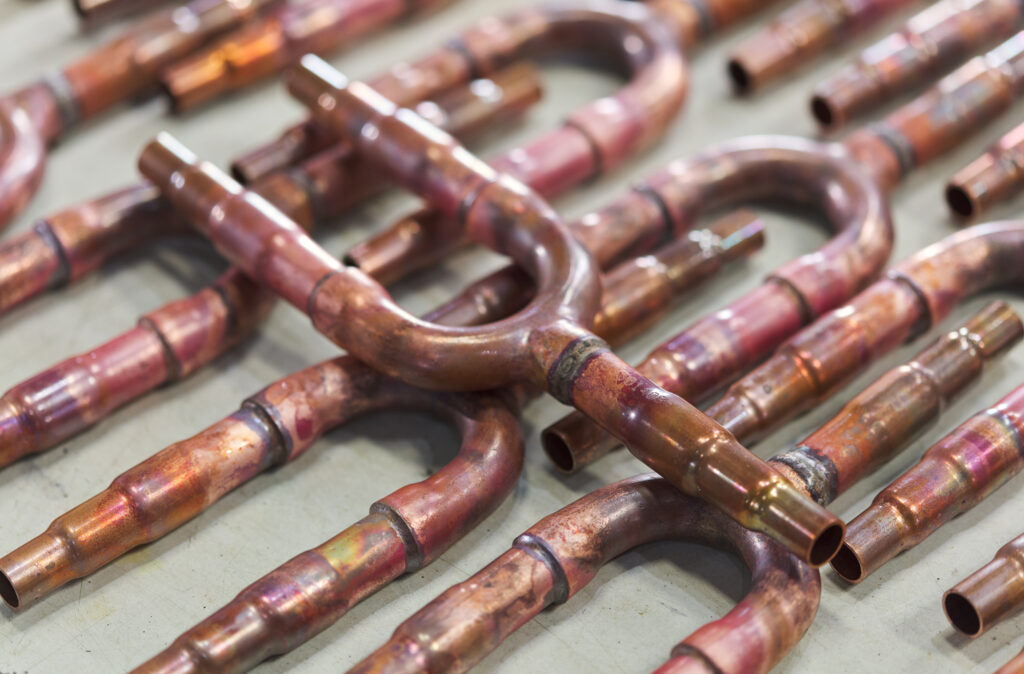Maintaining the effectiveness and proper operation of the Variable Refrigerant Flow (VRF) system depends on preventing refrigerant leakage in the branch pipes. Leaking refrigerant can result in inefficient cooling or heating, higher energy costs, and significant risks to public safety and the environment. The following steps can be taken to stop refrigerant leaks in VRF branch pipes:
1. High-Quality Installation: Ensure that the VRF system is installed by certified and skilled specialists who adhere to manufacturer recommendations and standard operating procedures. The likelihood of refrigerant leaks caused by loose connections or careless handling of components is reduced with good installation.
2. Periodic Inspections: The VRF system, including the branch pipes, should undergo regular inspections and maintenance. The pipes, fittings, and joints should be examined for signs of wear, corrosion, and damage. Larger difficulties and refrigerant leaks can be avoided with early identification of possible concerns.
3. Use High-Quality Components: Use refrigerant pipes, fittings, and joints of the highest caliber that are especially made for VRF applications. Leaks are more likely to occur when components are cheap or of low quality.
4. Tightening and Sealing: During installation and maintenance, make sure that all connections and fittings are correctly tightened and sealed. At joints or inadequately sealed connections, leaks frequently happen.
5. Pressure Testing: After installation or repairs, do pressure tests on the branch pipes to ensure the system’s integrity. Pressure testing reveals any leaks or weak spots that require repair.
6. Refrigerant Leak Detection System: As part of the VRF system, think about adding a refrigerant leak detection system. Any refrigerant leaks will be swiftly found by this system, which will notify you and enable for speedy repairs.
7. Educate End Users and Maintenance Staff: Inform end users and maintenance staff of the value of preventing refrigerant leakage and the precautions they can take to reduce the risk.
8. Check Refrigerant Levels: Check the VRF system’s refrigerant levels frequently. A leak that requires prompt care may be indicated by a sudden reduction in refrigerant levels.
9. Quick Repairs: If a refrigerant leak is discovered, take immediate action. Delaying repairs can result in additional damage and serious leaks.
10. Adhere to Manufacturer Recommendations: For the VRF system, follow the manufacturer’s instructions and suggested maintenance schedules. By adhering to these recommendations, you may maintain the system’s performance and lower the possibility of refrigerant leakage.
By putting these preventative steps in place, you can reduce the likelihood of refrigerant leaks in VRF branch pipes and guarantee the system’s long-term dependability and performance. The VRF system needs to be maintained regularly in order to function at its best.



